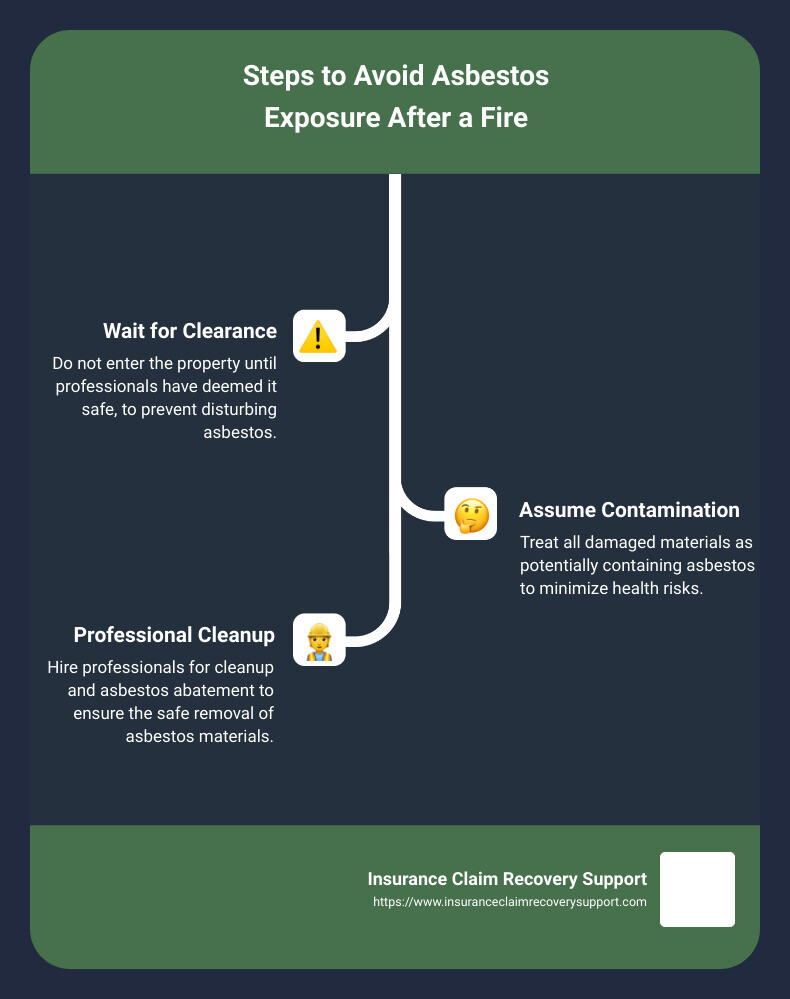
West Virginia Elk River Chemical Spill: What We Know About 4-Methylcyclohexane Methanol
In early January 2014, a chemical incident in Charleston, West Virginia, drew national focus to a previously obscure industrial substance: 4-methylcyclohexane methanol, or 4-MCHM (also referred to as 4-MCMH). The leak, which poured tens of thousands of gallons of this compound into the Elk River, tainted the local water supply affecting over 300,000 residents. With minimal toxicological research available on the chemical, both residents and officials faced confusion, frustration, and potential health risks.
This event prompted many to inquire: What is 4-MCHM? How hazardous is it? And what does it reveal about chemical safety regulations in the United States?
What Occurred?
On January 9, 2014, Freedom Industries — a chemical storage and distribution firm in Charleston — reported a leak of “Crude MCHM,” a substance employed in coal processing. This chemical seeped into the Elk River just above a major regional water treatment facility. Authorities swiftly implemented a “do not use” directive for tap water, compelling residents to depend solely on bottled water for drinking, cooking, bathing, and laundry. Bottled water rapidly sold out throughout the area.
The incident raised several urgent issues: the health and safety of the populace, the immediate and long-term environmental repercussions, and the regulatory supervision of industrial chemicals.
What Is 4-MCHM?
4-Methylcyclohexanemethanol is an organic compound predominantly utilized in the froth flotation method during coal purification. Its chemical composition includes:
– A cyclohexane ring with six carbon atoms
– A methyl group (CH3) attached to one of the carbons
– A methanol group (-CH2OH), which imparts a degree of polarity to the molecule
This configuration renders the molecule largely nonpolar (akin to hydrocarbons), with just a minor polar component — the hydroxyl (OH) group. Consequently, 4-MCHM is not particularly soluble in water, although it may exhibit slight solubility, particularly at lower concentrations. Notably, it is less dense than water and will tend to float.
Physical Characteristics:
– Appearance: Clear liquid
– Odor: Licorice-like (a significant hint that aided residents in identifying its presence)
– Flammability: Moderate—less volatile than many common solvents like acetone
– Solubility: Poor in water, more effective in organic (fat-like) solvents
Why Is Toxicity Ambiguous?
Despite its use in industry, 4-MCHM has not been extensively researched from a public health standpoint. It is neither a pharmaceutical nor a consumer product, and thus has not undergone the stringent testing processes that apply to other chemicals that people encounter regularly.
Here’s what we know:
– LD50 (lethal dose for 50% of tested rats): Roughly 825 mg/kg
— Suggests relatively low acute toxicity in rats
– No Observable Effect Concentration (for fathead minnows): 25 ppm (mg/L)
— Aquatic life exhibited no visible effects below this level
– MSDS (Material Safety Data Sheet) Overview:
— Prolonged exposure may result in skin or eye irritation
— No known information on carcinogenicity
— Not noted to react aggressively with proteins or DNA
In essence, 4-MCHM does not exhibit characteristics of high toxicity, corrosiveness, or mutagenicity. However, due to the lack of comprehensive testing, a shortage of evidence cannot be equated with proven safety.
Consider this: numerous harmful substances did not disclose their detrimental effects until years after widespread exposure—examples include asbestos, lead, and DDT.
Biological Implications and the Body’s Response
Based on its molecular structure, we can form some informed assumptions.
– It is likely to accumulate in fat tissue rather than in water-based tissues owing to its nonpolar nature.
– The liver is expected to attempt modifying it by oxidizing the alcohol group into a carboxylic acid, thus increasing its water solubility and facilitating excretion through the kidneys.
– Nevertheless, unexpected interactions with unknown or inadequately understood proteins in the body are possible, particularly with prolonged exposure.
In the absence of further research, there exists a risk that the compound—or its metabolites—could disrupt standard biochemical functions.
Environmental and Health Risks
While the chemical itself does not endure like mercury or PCBs, the quantity released into the river could prompt localized toxicity surges.
– Aquatic life: Fish and other water organisms could experience harmful effects, especially in zones of high concentration. Even in cases where the chemical degrades quickly, short-term biological stress is anticipated.
– Humans: Officials urged residents to refrain from drinking, cooking with, or bathing in the water as a precaution.—